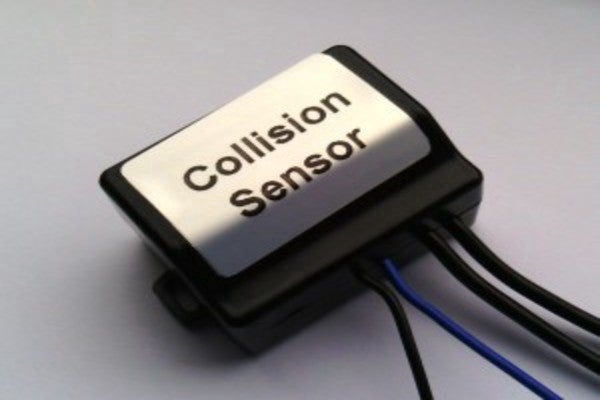
Collision Avoidance Sensors Market

The global collision avoidance sensors market is expected to grow from USD 3.8 billion in 2018 to USD ~15 billion by 2025, at a CAGR of ~22% during the forecast period. Safety in automotive industries and human-robot manufacturing environments is always on highest priority. Therefore, while designing and constructing the vehicle as well as equipment in industries, collision avoidance sensors are utilized to minimize the occurrence of accidents. These sensors are used to build highly sophisticated components that are integrated into the vehicle to build autonomous vehicles. The collision avoidance sensors have applications in adaptive cruise control, blind spot detection, forward collision warning system, lane departure warning system, and parking assistance systems, among others. These sensors determine the possibility of a collision based on driving conditions, distance to the vehicle ahead, and relative speeds, as well as use visual and audio warnings to prompt the driver to take preventative actions.
Key players
The key players in the collision avoidance sensors market are NXP Semiconductors (Netherlands), Delphi Automotive LLP (Ireland), Robert Bosch GmbH (Germany), DENSO CORPORATION (Japan), Continental AG (Germany), Infineon Technologies AG (Germany), Murata Manufacturing Co., Ltd. (Japan), Texas Instruments (US), Siemens AG (Germany, Rockwell Collins (US), and ALSTOM (France).
Other prominent players studied for the collision avoidance sensors market are GENERAL ELECTRIC (US), Honeywell International Inc. (US), Saab AB (Sweden), TRW Automotive (US), Becker Mining Systems AG (Germany), Panasonic Corporation (Japan), Sensata Technologies, Inc. (US), Takata Corporation (Japan), Wabtec Corporation (US), and Autoliv Inc. (Sweden), among others.
Global Collision Avoidance Sensors Market: Segmental Analysis
The segmental analysis of the market has been conducted bases on application, technology and region.
Based on application, the market has been segmented into blind spot detection (BSD), lane departure warning system (LDWS), adaptive cruise control (ACC), parking assistance, forward collision warning system (FCWS) and others. Based on application, the market has been segmented into ultrasound, camera, radar, LiDAR and other.
Global Collision Avoidance Sensors Market: Regional Analysis
Key regions covered in the study include Europe, North America, the Middle East & Africa (MEA), Central and South America, and Asia Pacific (APAC). Of these, Europe currently accounts for the most attractive share of the global collision avoidance sensors market. The existence of a vast automotive industry in the region contributes to the market growth. In addition, introduction of stricter regulation on vehicular safety is prompting the adoption of advanced collision prevention technologies such as collision avoidance systems (ACAS) across two wheelers, four wheeler and aircrafts. In terms of value, North America holds a second position is the global collision avoidance sensors market. Increased emphasis on safety in sectors such as railways, road transport, mining and construction is providing an impetus to the market in North America. Meanwhile, the APAC collision avoidance sensors market is set to exhibit the fastest growth during the assessment period.
For More Information@
About Market Research Future:
At Market Research Future (MRFR), we enable our customers to unravel the complexity of various industries through our Cooked Research Reports (CRR), Half-Cooked Research Reports (HCRR), Raw Research Reports (3R), Continuous-Feed Research (CFR), and Market Research and Consulting Services.
Contact:
Market Research Future
+1 646 845 9312
Email: [email protected]























